On a sunny morning last November I got to visit one of the most beloved but mysterious places in Betanzos. The Parque do Pasatempo is a weird and wondrous encyclopedic park with over 100 years of history — and controversy.
The park has been closed to the public for the past few years, but I was fortunate to join a private tour organized by the Centro de la Estampa Contemporánea. It would be impossible for me to fully explore all of the twists and turns in the Pasatempo’s long story here — the tour lasted three hours! — but I’d like to give an introduction to this curious, truly one-of-a-kind place.
The Pasatempo was created by Don Juan García Naveira, a betanceiro who — like many poor Galician men of his era — immigrated to the Americas in search of better fortunes. He moved to Argentina in 1869 at age 20, where he and his younger brother Jesús eventually found wives and amassed great wealth. In 1893 the brothers returned to Betanzos and began a number of important social projects including a free public laundry (completed in 1902), three schools (completed in 1912, 1914, and 1917), and a worker’s center (1918), all but one of which still exist today.
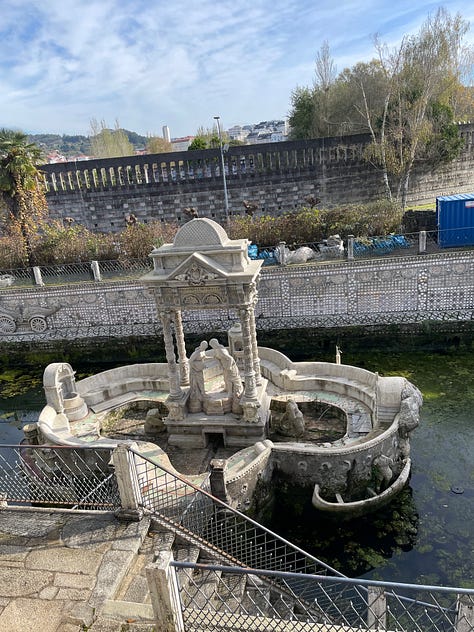

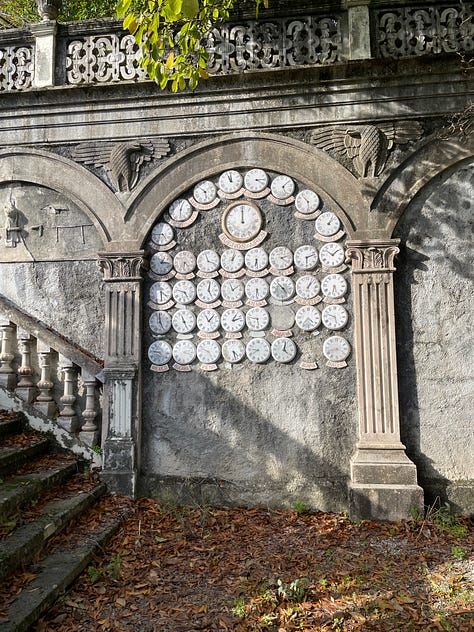
But perhaps the most famous García Naveira venture is the Parque do Pasatempo, Don Juan’s long-running personal project and a legendary place for generations of Galicians. Construction began after his returned from Argentina and continued with countless augmentations, renovations, and embellishments to the park until Don Juan’s death in 1933.
Today the Pasatempo is a small fraction of its former scale, which was approximately 90,000 square meters in its heyday and included gardens, a labyrinth, statues, fountains, promenades, pools, a house of mirrors, and even, it is rumored, a zoo with exotic animals.


The park’s strange style reflects the mishmash of American and European aesthetics and architecture that indianos like Don Juan often adopted upon returning to their homeland. But the Pasatempo’s features are especially fanciful, and unlike any other park in Spain. It is a unique synthesis of its founder’s love of nature, far-ranging travels, and expansive imagination.
Originally intended as a place for leisure — pasatempo means something like ‘passing time’ in Galician — the park was also conceived as an educational tool for the public and for the students of the García Naveira schools. The upper part of the park is the only area that still exists today, and is full of reliefs and sculptures meant to instruct about earthly and spiritual themes. Scenes from the Bible, geographical maps, Greek gods, world clocks, and other elements make their appearance as the visitor moves through the park, introducing aspects of the wider world while emphasizing moral values like charity and hard work.
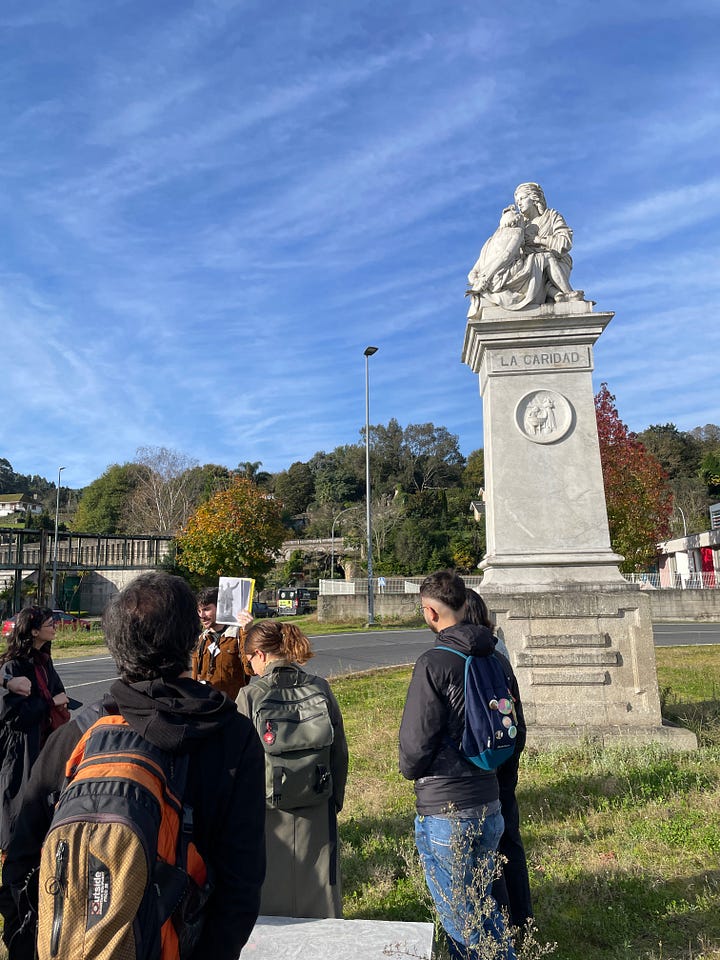
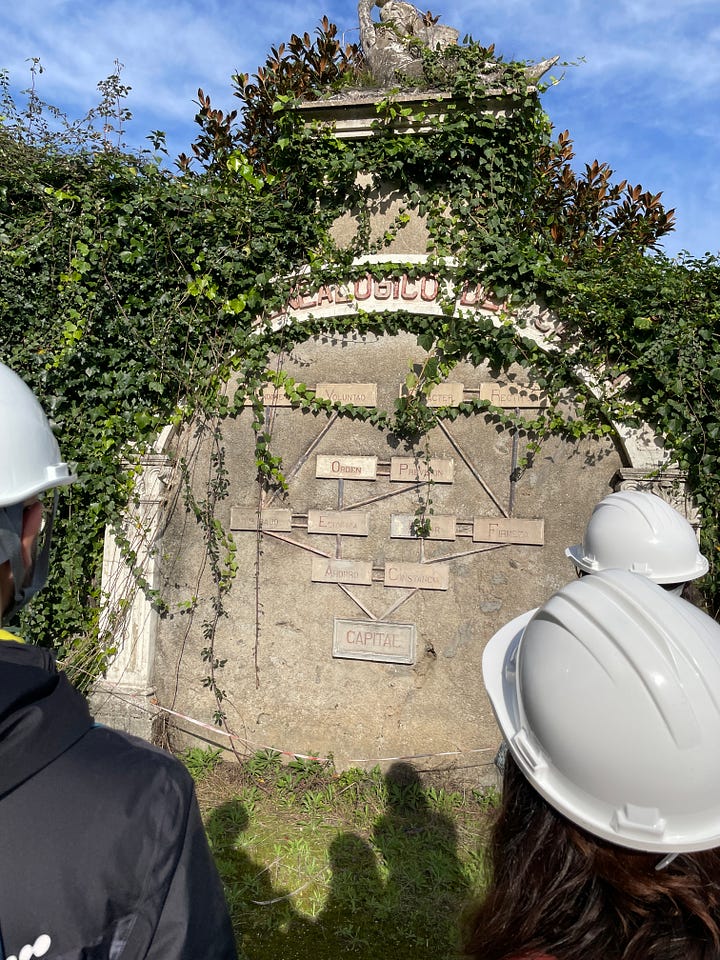
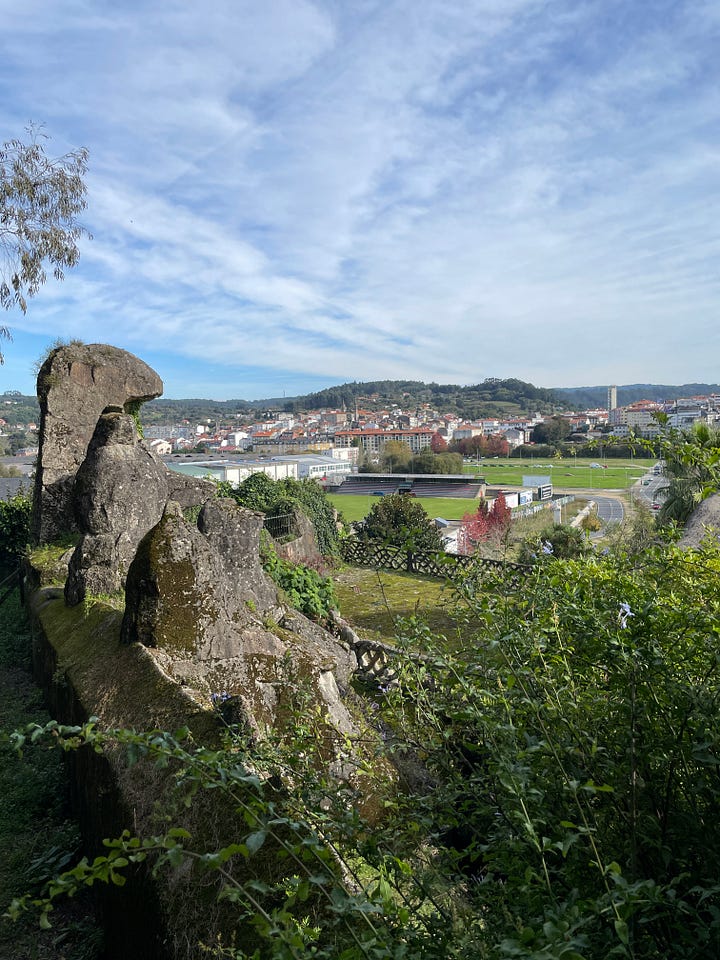
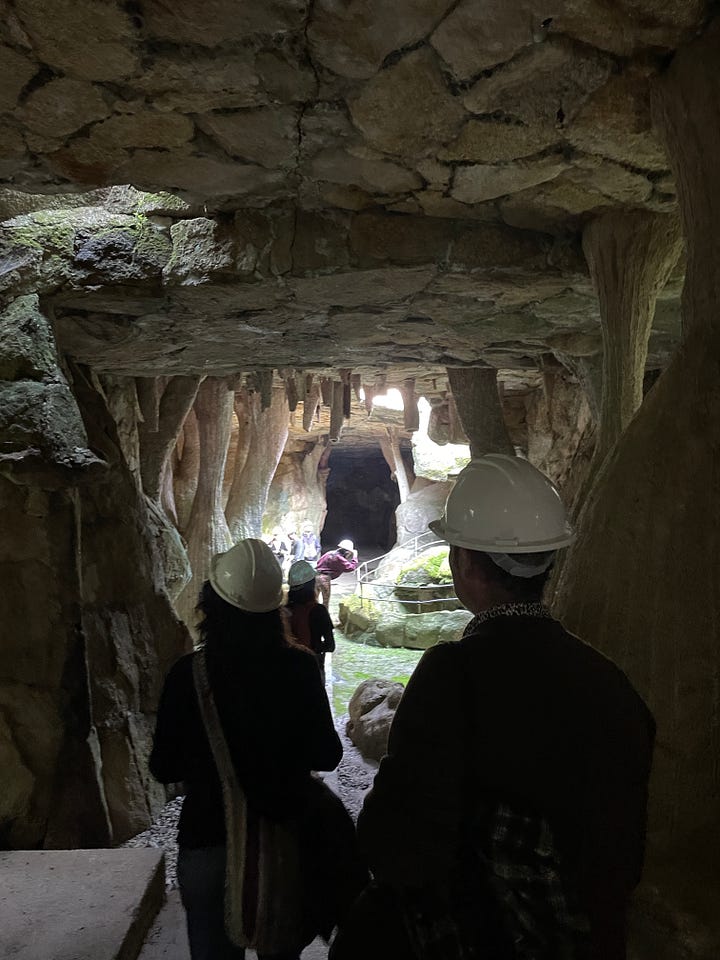
Don Juan’s stylistic models for the park vary significantly. He coopted elements of aristocratic European opulence like enormous metal gates and marble lions, but his most unconventional and sometimes most outright bizarre creations —like a life-size scuba diver and a giant man made cave with dinosaurs — are executed in cement.
Cement was a fairly new material at the time, but it was used extensively in the area of the park that still remains. This, among many other issues, has presented a challenge to conservators, who are usually trained in more traditional materials like stone or wood. And although the Pasatempo was a vibrant and well-known place during Don Juan’s lifetime, it quickly deteriorated after his death. The park was abandoned during the Spanish Civil War and in the 1940s a road was built right in the middle of the park. In the ensuing decades, a lack of formal government interest or investment in the Pasatempo led to further disrepair and destruction.
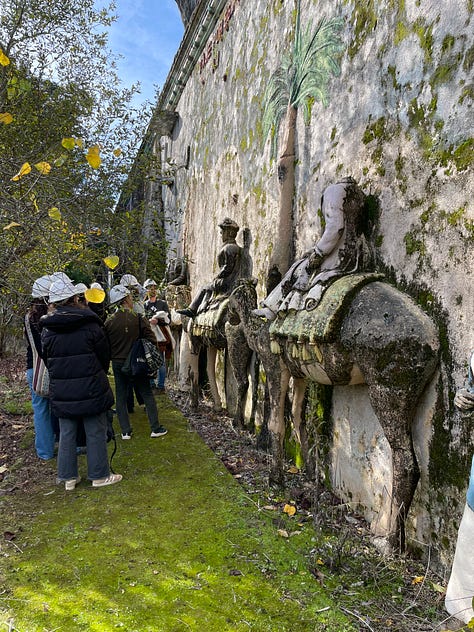
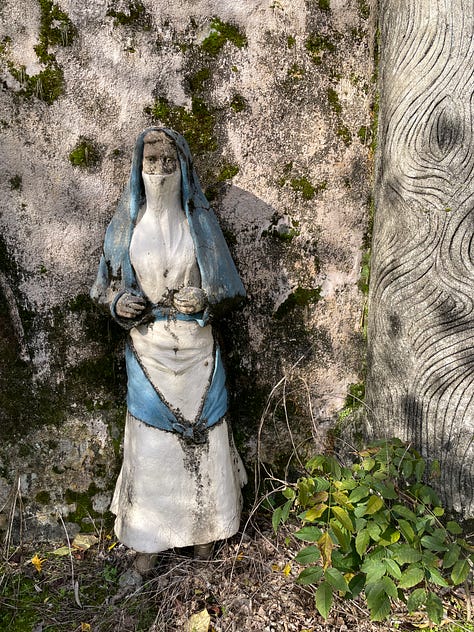

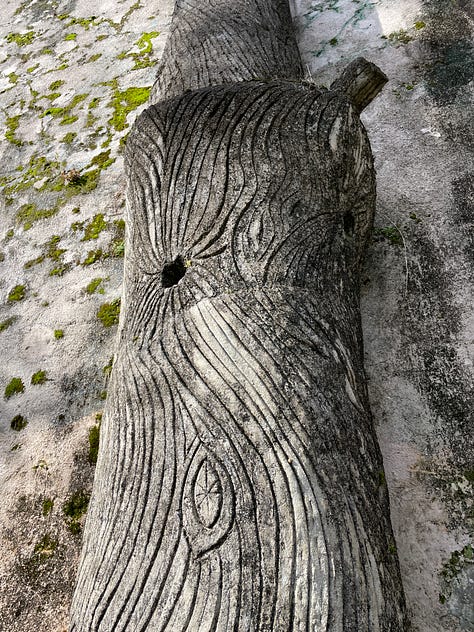
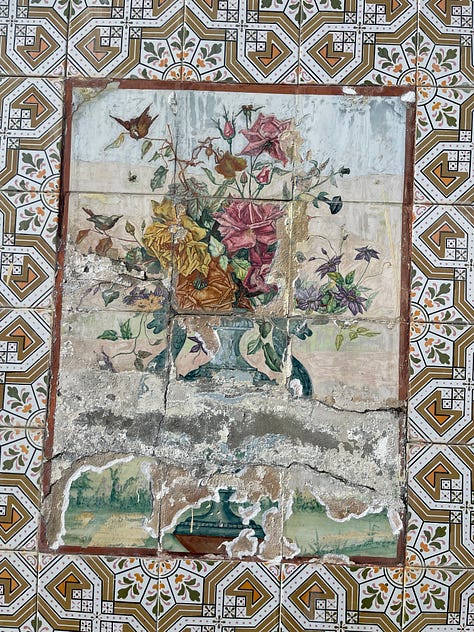
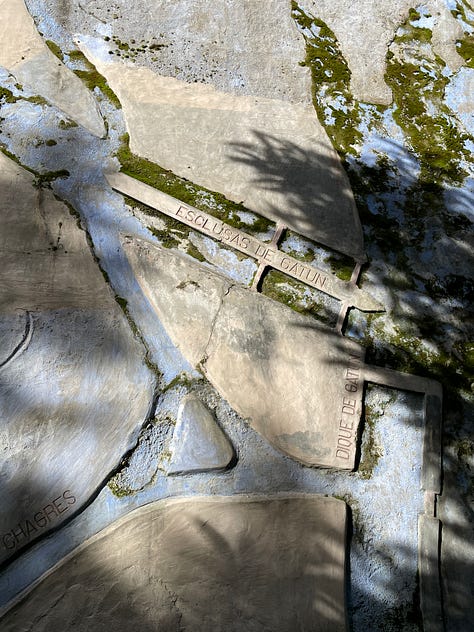
In 2020 the Pasatempo was named a Bien de Interés Cultural, the Spanish state’s highest legal designation for archaeological sites, historical monuments, and other important properties. Renovations are underway in the small but magical part of the park that persists today, but progress is slow. It seems uncertain whether the park will ever truly regain its former glory. Until then, many betanceiros, and especially the Asociación de Amigas do Parque do Pasatempo, will continue to preserve its memory and history.

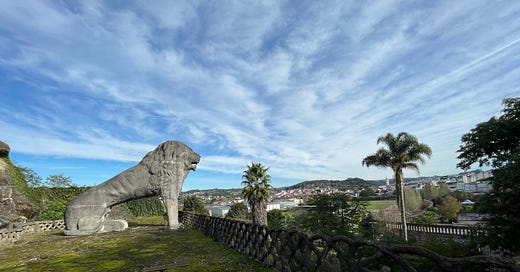



Love the article and pics -so interesting!